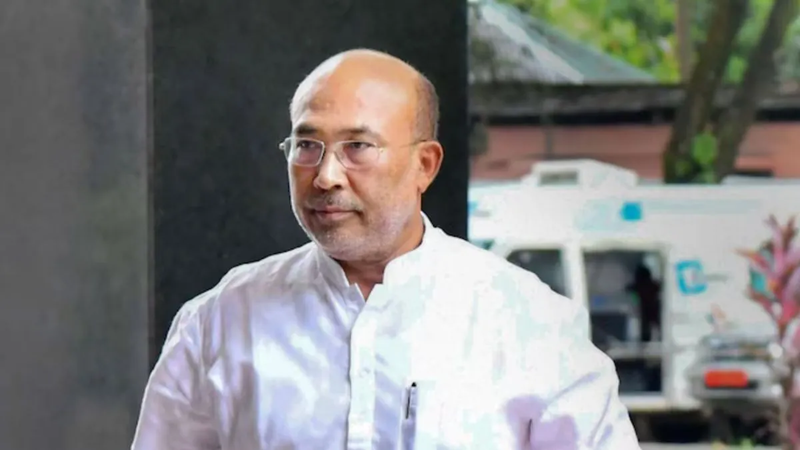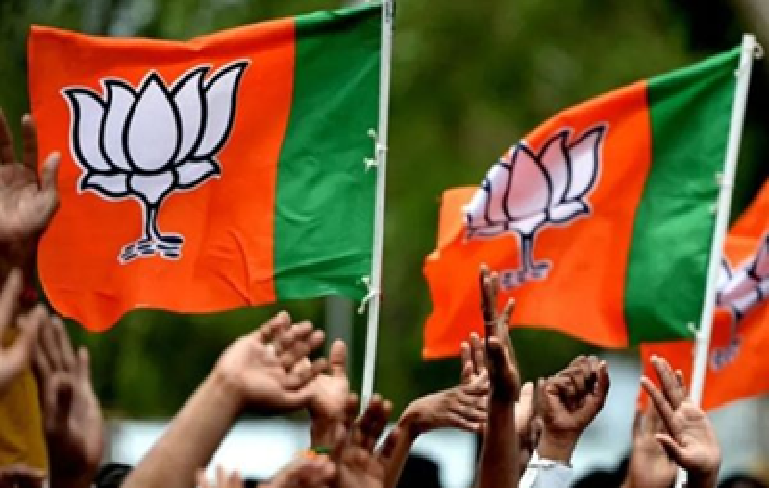
Editorial: Diversion or fund misuse?
Reports appearing in several news dailies in recent days suggest that communities belonging to Scheduled Castes (SCs) and Scheduled Tribes (STs) in the State have been shortchanged by hundreds of millions of rupees meant for their development. The analytical data released by the Planning and Statistics Department reveals that a staggering sum of Rs. 7,885 crore has been diverted from the funds meant for the development of these communities to infrastructure works under the Departments of Public Works, Urban Development, Major and Minor Irrigation, Health, and Rural Development and Panchayat Raj. The State had started allocating dedicated funds for the development of individuals from these communities following passage of the Karnataka Scheduled Caste Sub-Allocation and Tribal Sub-Allocation (Planning, Allocation & Utilisation of Financial Resources) Act, 2013.
Scheduled Castes (SCs) constitute 17.15% of the State population while the Scheduled Tribes (ST) make up 6.95% of it. Though not all the allocated amount has been released from the state coffers, the data shows that Rs. 1.32 lakh crore of these funds were spent for the SCs and Rs. 52,000 crore for the STs. The SCs have nearly 21 lakh families whereas STs have 84,000 families. A simple exercise would reveal that if these funds were honestly and exclusively spent on their development, Rs. 66 lakh and Rs. 62 lakh would have been spent on the development of each of the SC and ST families in the State. These are no small amounts and if invested prudently for the purpose for which they were meant, they could have brought about vast social transformation. Data further reveals that almost 26% of the funds spent on SC development went for the raising of general infrastructure while it is 7% for the funds meant for STs.
Curiously, there is nothing in the Act that could term this diversion a ‘misuse’ nor can any fault be found with the Act as the diversion is justified under section 7D of the Act which allows certain amount of money to be used in ‘exceptional cases’ on works which cannot be divided. Under its provisions, such expenses will be considered “deemed expenditure” although it does not reach the intended beneficiaries. There is nothing to define what could be the ‘exceptional cases’ and provides an easy alibi for the bureaucratic apparatus to divert them where they deem it fit.
The level of awareness and alertness among such communities being poor, the allocated funds for such sectors and communities often become an easy target for predators within officialdom. It is imperative that such loopholes in the Act be plugged and monitoring committees be set up to oversee the sanction, release and utilization of such funds.
 English daily published in Bengaluru & Doha
English daily published in Bengaluru & Doha






